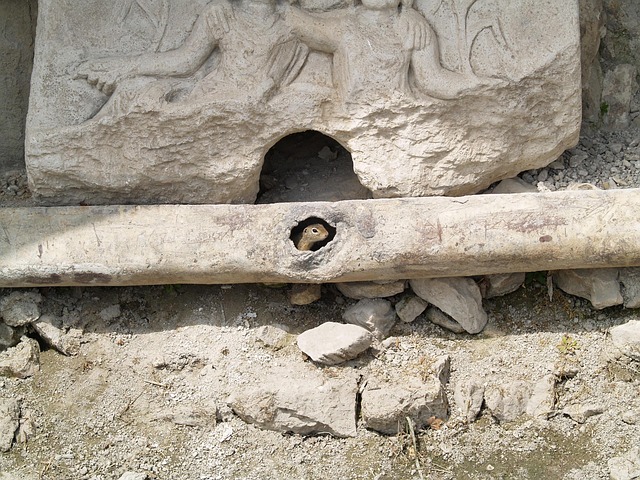In an ever-evolving business landscape, the concept of automated adaptation has emerged as a crucial cornerstone for organizations striving to remain competitive. As technological advancements resonate through every facet of commerce, businesses must harness the power of automation, robotics, and artificial intelligence (AI) to craft a palpable response to changing market dynamics.
Imagine a world where businesses can seamlessly shift their operations, responding instantaneously to fluctuations in demand or consumer behavior. This is the promise of automated adaptation. By integrating robotics and AI, companies are not just keeping pace but are innovating solutions that redefine how work is done. Robotics has progressed from simple tasks to intricate processes that can analyze, learn, and execute complicated operations faster than any human. For instance, manufacturing lines now feature robots equipped with sensors and AI algorithms that can adjust production rates in real-time, minimizing waste and optimizing efficiency.
Similarly, AI takes the lead in data handling, providing insights into patterns that help businesses anticipate market shifts. With the ability to analyze massive datasets, businesses can forecast trends and adjust their strategies with a level of precision previously thought impossible. This automated adaptation is a game-changer. It allows companies to pivot operations from slow, manual processes to efficient, automated systems that react dynamically, ensuring they meet customer needs promptly.
The implementation of automated technology in business also extends to customer service. Companies are deploying AI-driven chatbots that learn from interactions, enabling them to provide increasingly personalized experiences. This not only enhances customer satisfaction but also frees up human resources to focus on higher-order tasks that require emotional intelligence and creativity. The collaborative effort between humans and machines is paving the way for a new era of business, where automation complements human skills rather than replacing them.
However, it’s important to recognize that not all automated adaptation is without its challenges. With the rapid growth of automation, there also comes a pressing need for workforce adaptation. Employees must be equipped with new skills to work alongside these technological advancements, creating a future where synergy between man and machine becomes the norm. Training and development become paramount; businesses that invest in their talent will thrive. Organizations need to create a culture that embraces continuous learning, ensuring that human employees are not left behind in the wake of technological progress.
In exploring the role of automated adaptation, it’s evident that the benefits extend far beyond mere efficiency. Companies adopting these technologies are better positioned to innovate, improve sustainability practices, and foster stronger relationships with their customers. The integration of robotics and AI allows for more agile operations that can quickly respond to market changes, thus driving growth and success.
In conclusion, as we witness the accelerating pace of change within the business realm, the ability to adapt through automation is not just advantageous; it’s vital for survival. Through thoughtful integration of automated systems, businesses set themselves on a path toward resilience, efficiency, and enduring relevance in an unpredictable world.




